-Ron Lapitan, Former Community Outreach Coordinator
Tuesday 11/28
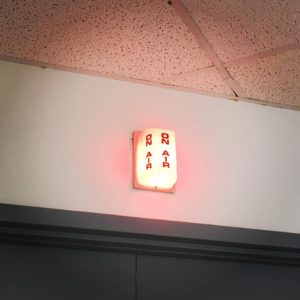 Talk Show Appearance: A representative of CHHR participated in an interview for the Virginia Report, a talk show hosted by delegate to the VA General Assembly Ken Plum, to talk about CHHR’s projects to address local poverty and inequality. The program will air on Reston Comcast Channel 28 (Verizon Channel 1981) on Tuesday, December 26 at 7:30 p.m. and again on Wednesday, December 27 at 10:30 p.m. It is also viewable on the Virginia Report’s Youtube channel.
Talk Show Appearance: A representative of CHHR participated in an interview for the Virginia Report, a talk show hosted by delegate to the VA General Assembly Ken Plum, to talk about CHHR’s projects to address local poverty and inequality. The program will air on Reston Comcast Channel 28 (Verizon Channel 1981) on Tuesday, December 26 at 7:30 p.m. and again on Wednesday, December 27 at 10:30 p.m. It is also viewable on the Virginia Report’s Youtube channel.
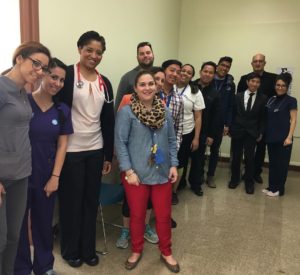 Free Sports Physicals: CHHR doctors and staff travelled to the International High School at Langley Park in MD, a school whose student body is 100% immigrants and refugees, to do free sports physicals for athletes to enroll in sports. Our medical staff also visited our Health as Right team having their meeting across the hall at the same time and answered questions for the students, who all aspire to go into medicine. (Image: CHHR staff with athletic coaches.)
Free Sports Physicals: CHHR doctors and staff travelled to the International High School at Langley Park in MD, a school whose student body is 100% immigrants and refugees, to do free sports physicals for athletes to enroll in sports. Our medical staff also visited our Health as Right team having their meeting across the hall at the same time and answered questions for the students, who all aspire to go into medicine. (Image: CHHR staff with athletic coaches.)
Wednesday 11/29
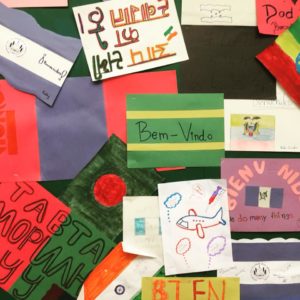 Anti-Bullying Video: Our Health as Right team at Yorktown High School, consisting of an ESOL English class, started filming today for their service project to create a video to raise awareness about the experience of immigrants and reduce prejudice and bullying, which will appear on the Yorktown website. Acting and directing were 100% student facilitated.
Anti-Bullying Video: Our Health as Right team at Yorktown High School, consisting of an ESOL English class, started filming today for their service project to create a video to raise awareness about the experience of immigrants and reduce prejudice and bullying, which will appear on the Yorktown website. Acting and directing were 100% student facilitated.
Thursday 11/30
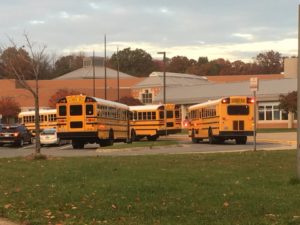 Letter to Cole’s Closet: Our Health as Right team at Liberty Middle School drafted and sent a letter to Cole’s Closet, an NGO which collects toys to donate to children in local hospitals, to inform them that they will be organizing a toy drive at their school as their first service project. In the process, the students learned about formal letter writing.
Letter to Cole’s Closet: Our Health as Right team at Liberty Middle School drafted and sent a letter to Cole’s Closet, an NGO which collects toys to donate to children in local hospitals, to inform them that they will be organizing a toy drive at their school as their first service project. In the process, the students learned about formal letter writing.
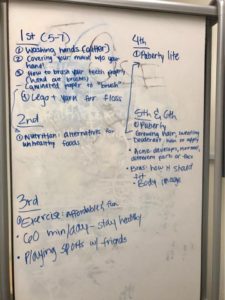 Public Health Presentations: In Richmond, student leaders of the VCU Health as Right team met late into the night in a library study room to organize their first service project; to facilitate interactive public health workshops for students in the “East End,” the side of Richmond which is the site of concentrated poverty.
Public Health Presentations: In Richmond, student leaders of the VCU Health as Right team met late into the night in a library study room to organize their first service project; to facilitate interactive public health workshops for students in the “East End,” the side of Richmond which is the site of concentrated poverty.
(Image: their planning board.)
Friday 12/1
 Club Phoenix: The after school group Club Phoenix, composed of middle and high schoolers from throughout Vienna and Fairfax, enthusiastically joined the Health as Right youth program and chose “recycling” as the topic of their first service project. (Image: their brainstorming sheet).
Club Phoenix: The after school group Club Phoenix, composed of middle and high schoolers from throughout Vienna and Fairfax, enthusiastically joined the Health as Right youth program and chose “recycling” as the topic of their first service project. (Image: their brainstorming sheet).


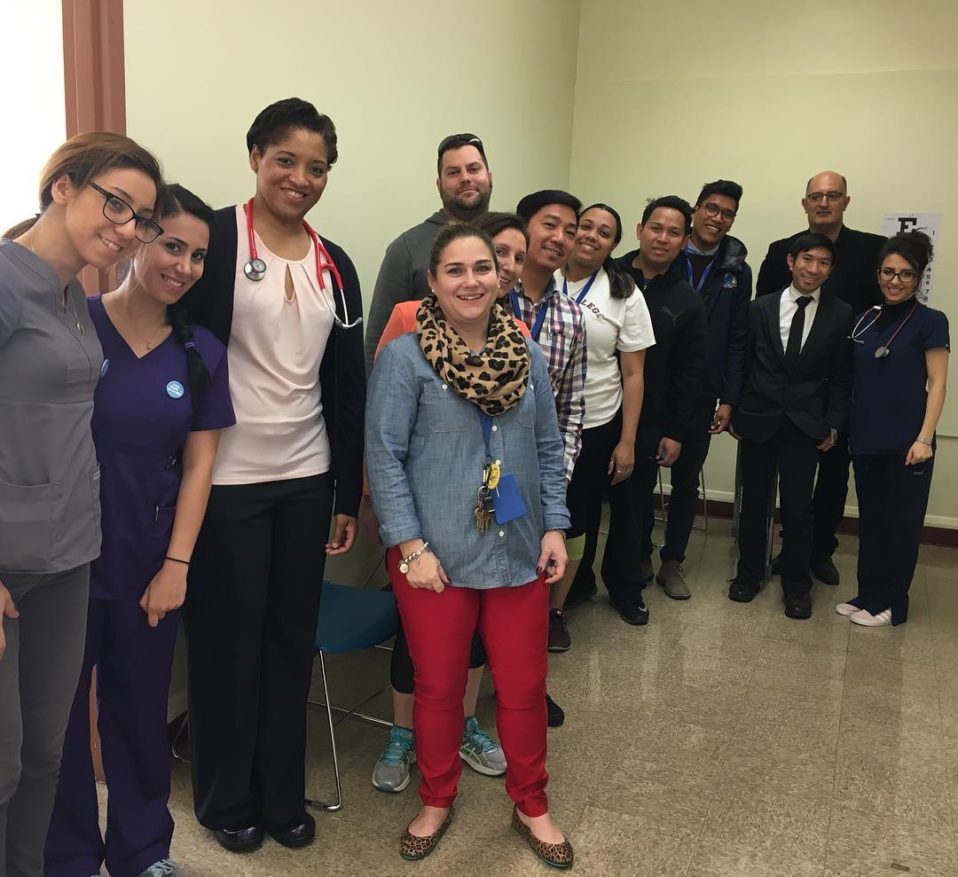
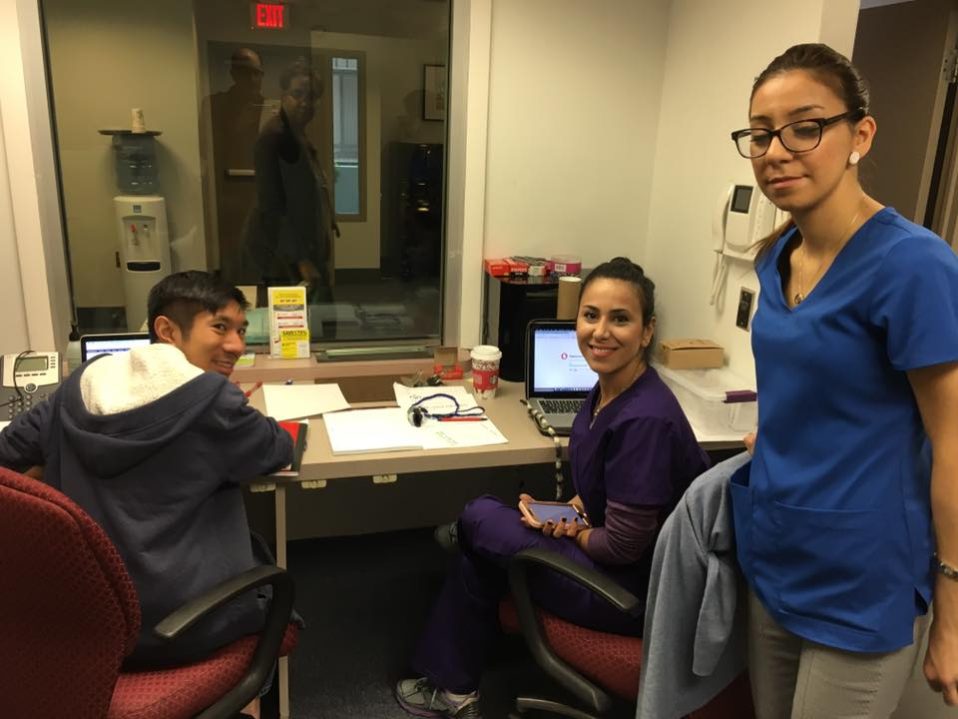
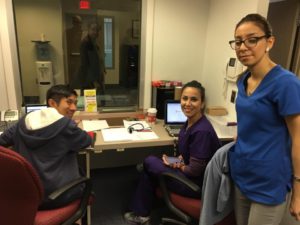
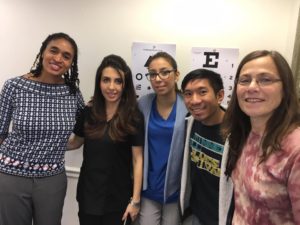
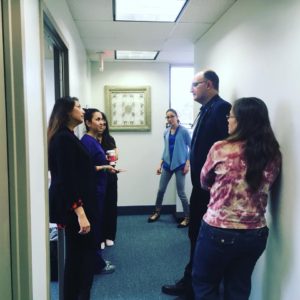
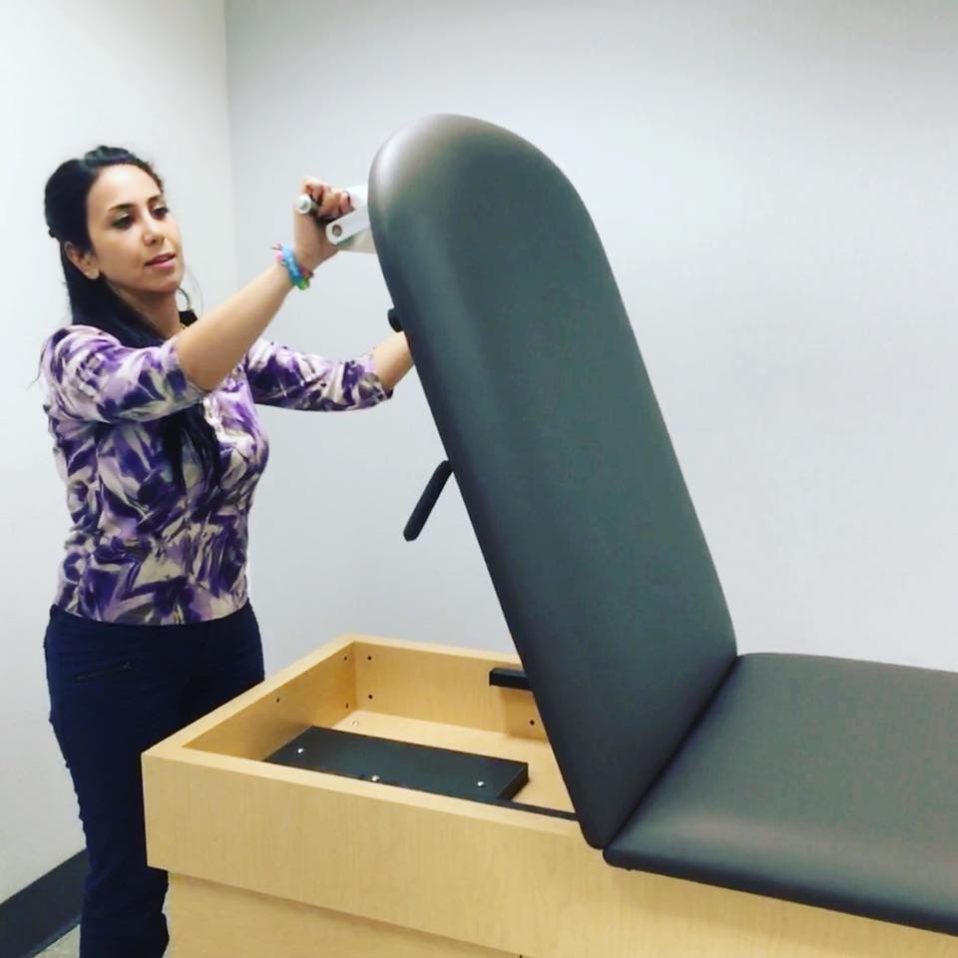
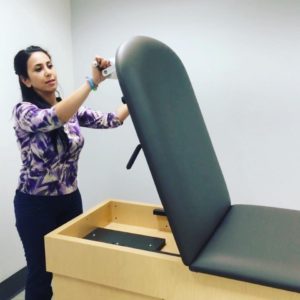
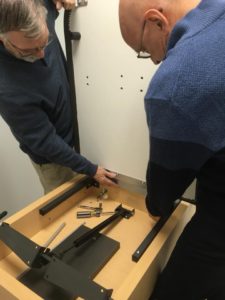
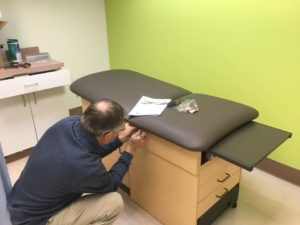
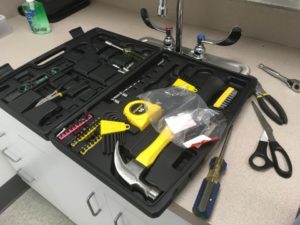
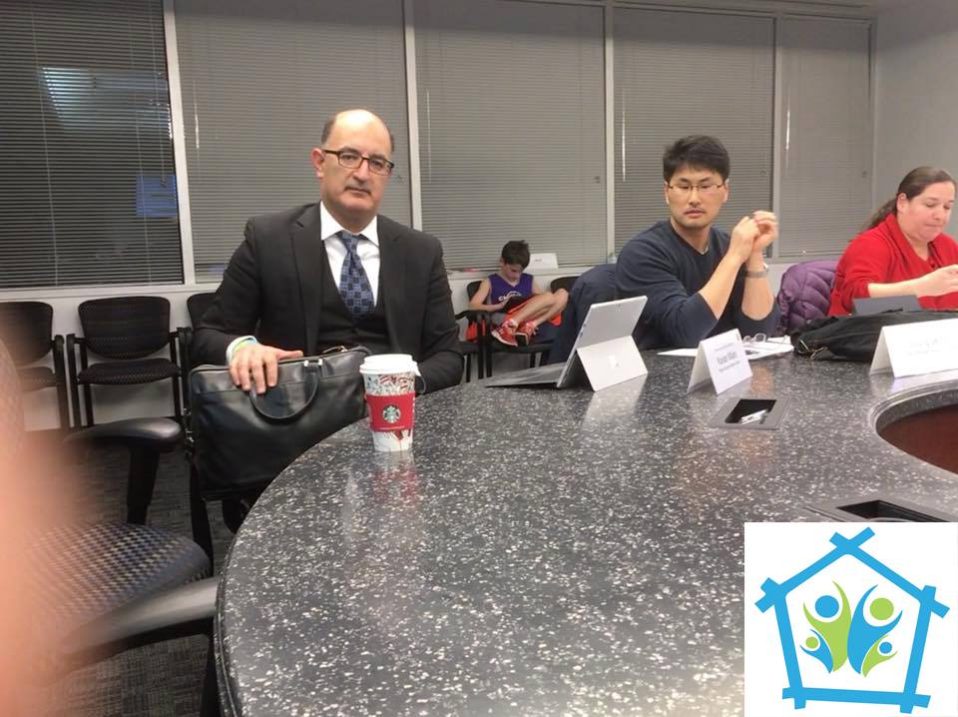
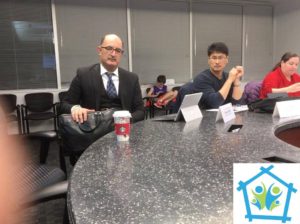
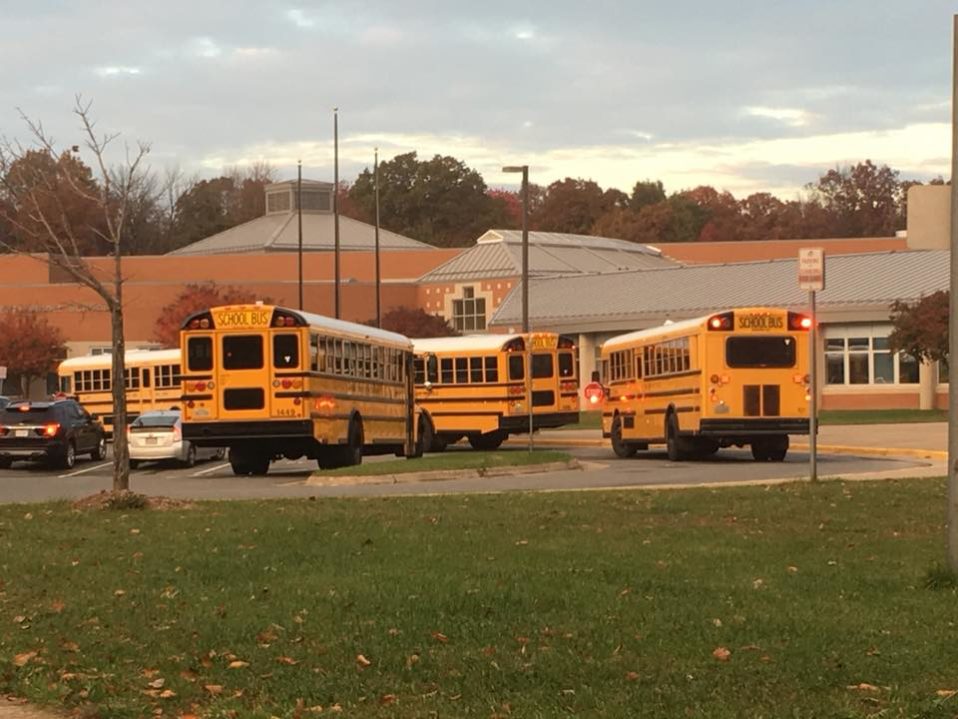
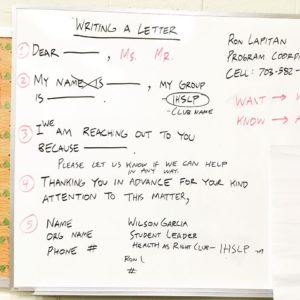 Another of our teams is at the
Another of our teams is at the 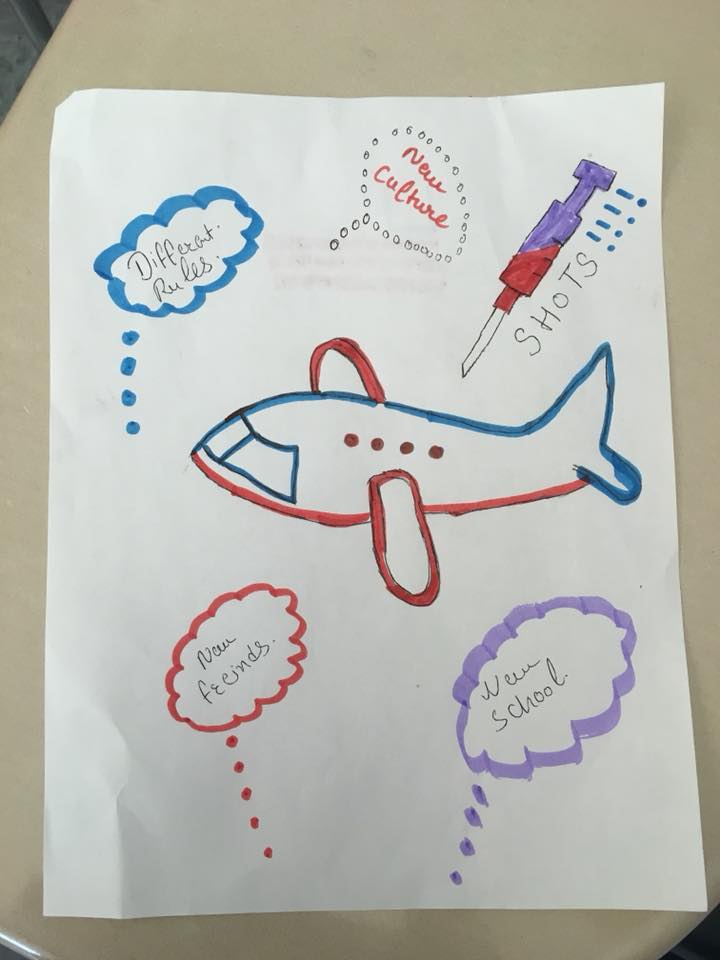
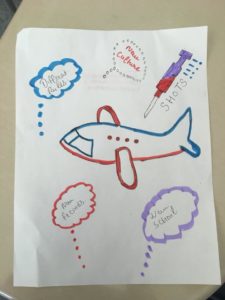
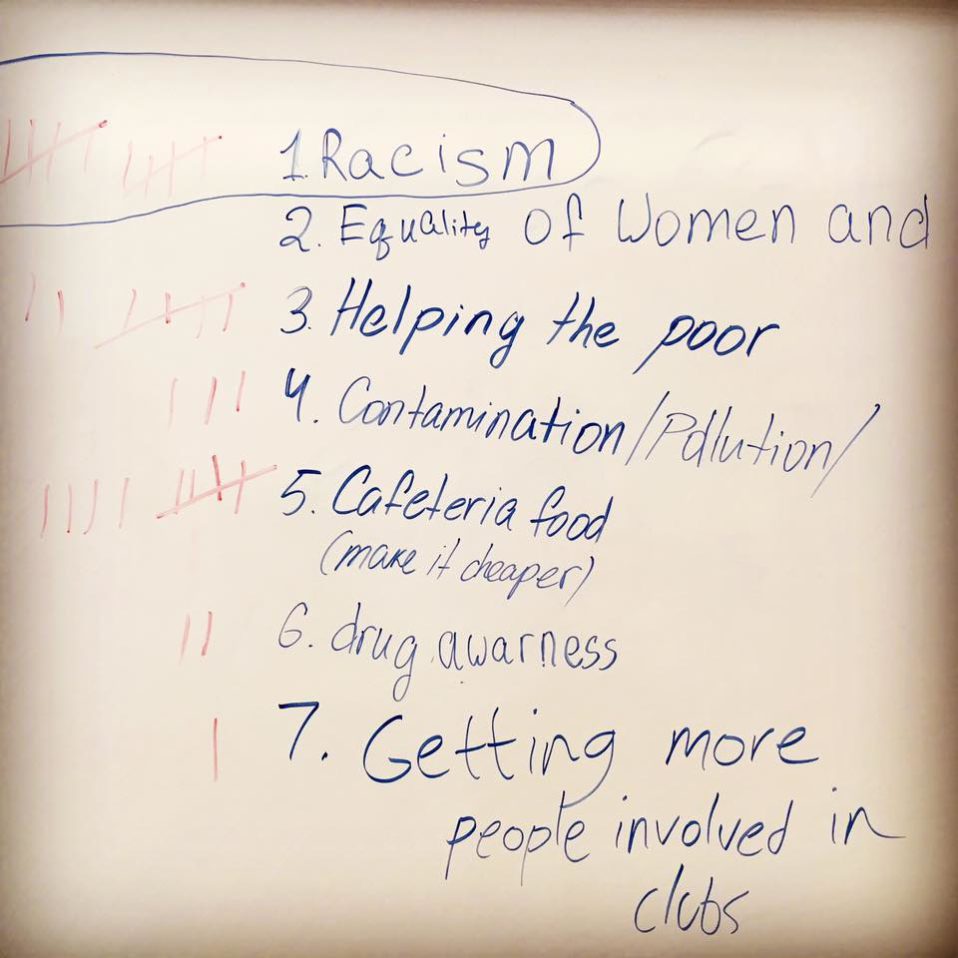
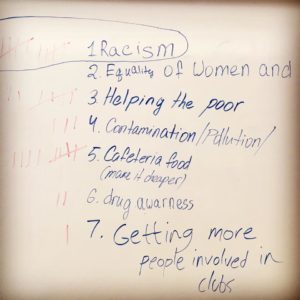
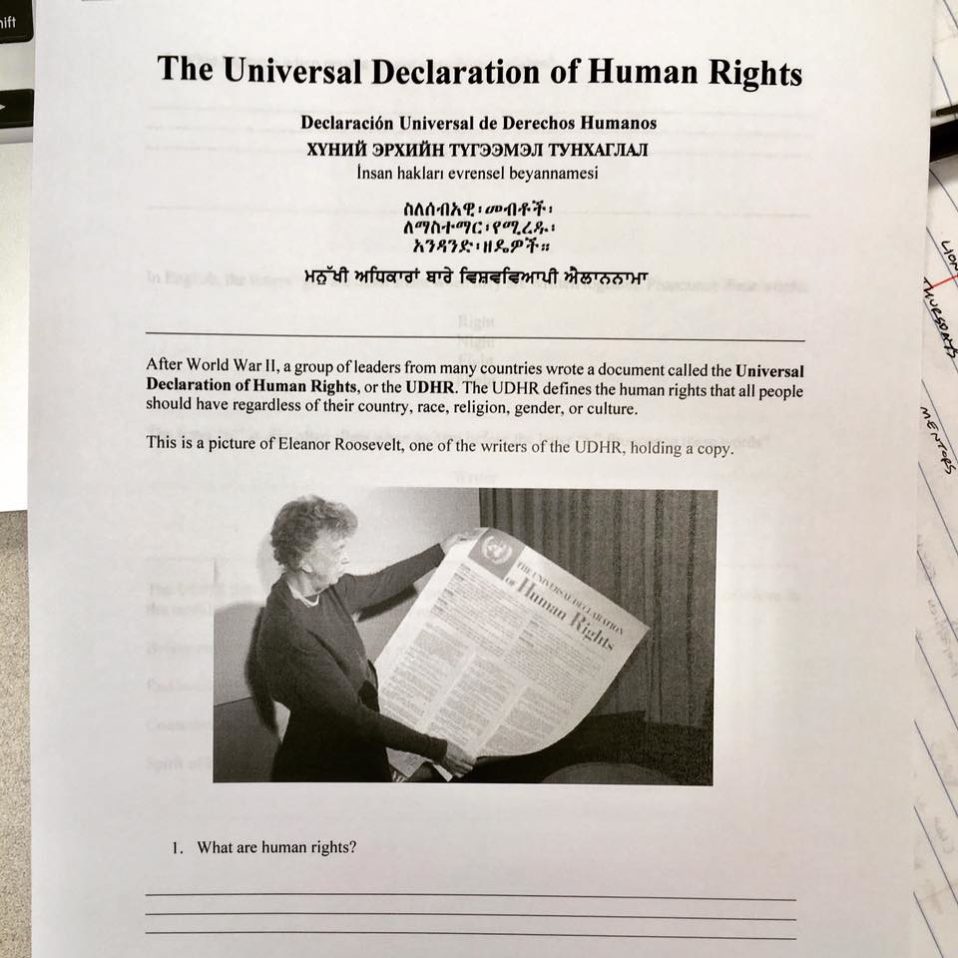
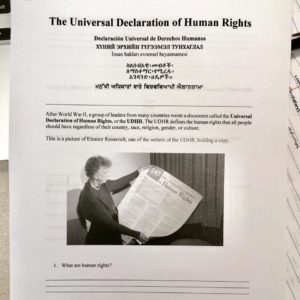 -Ron Lapitan, Former Community Outreach Coordinator
-Ron Lapitan, Former Community Outreach Coordinator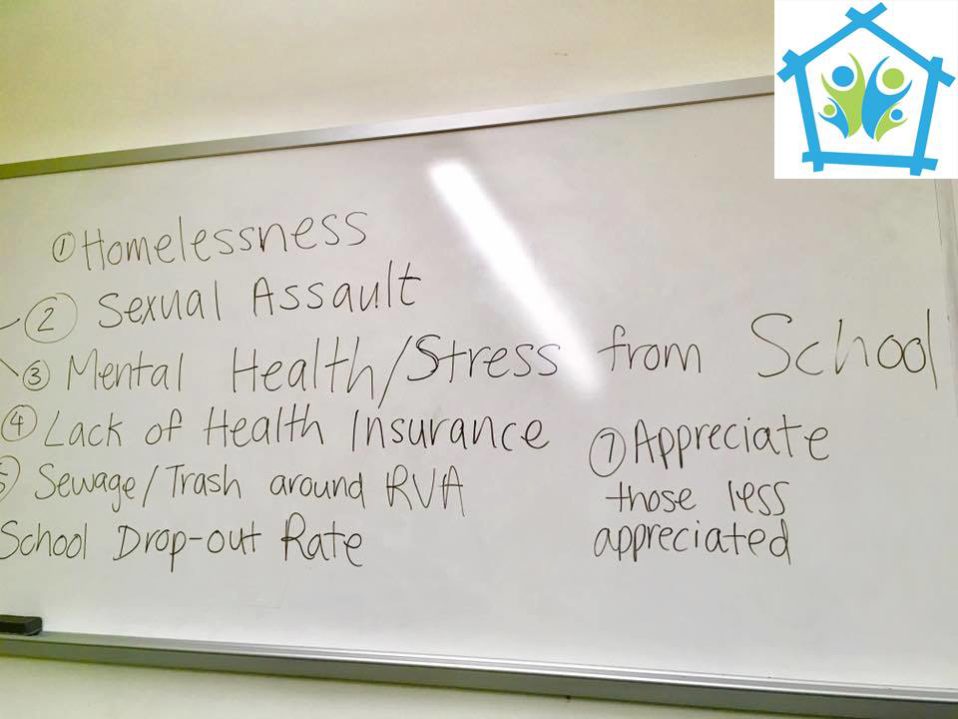
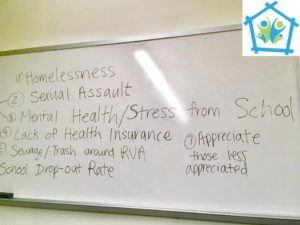 -Ron Lapitan, Former Community Outreach Coordinator
-Ron Lapitan, Former Community Outreach Coordinator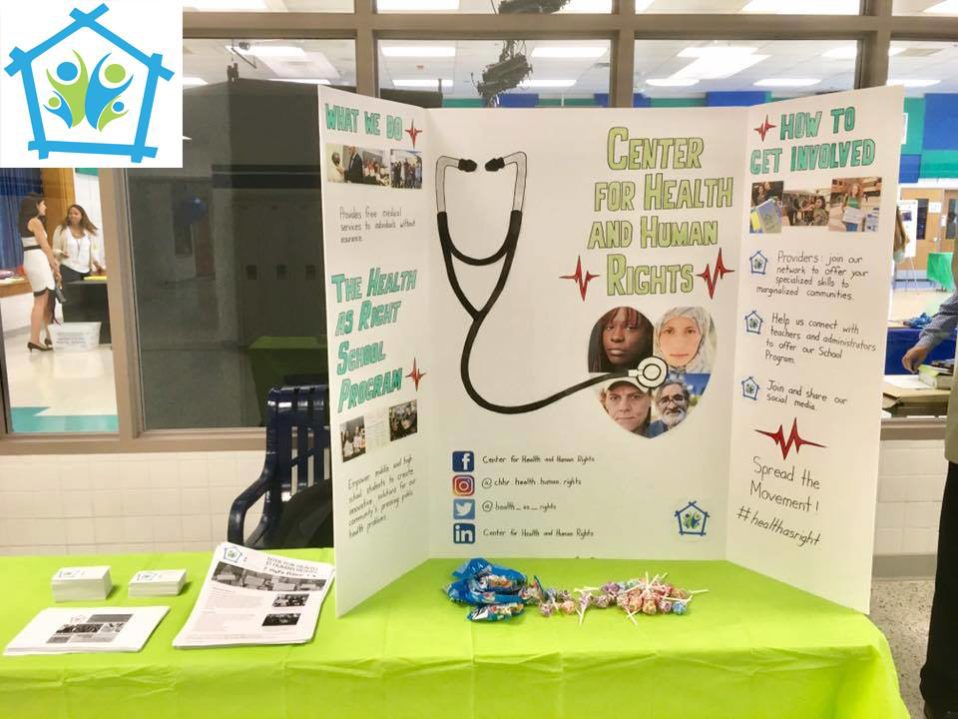
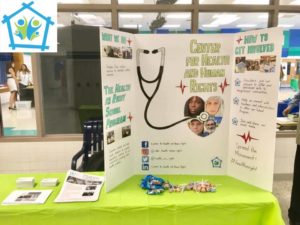 -Ron Lapitan, Former Community Outreach Coordinator
-Ron Lapitan, Former Community Outreach Coordinator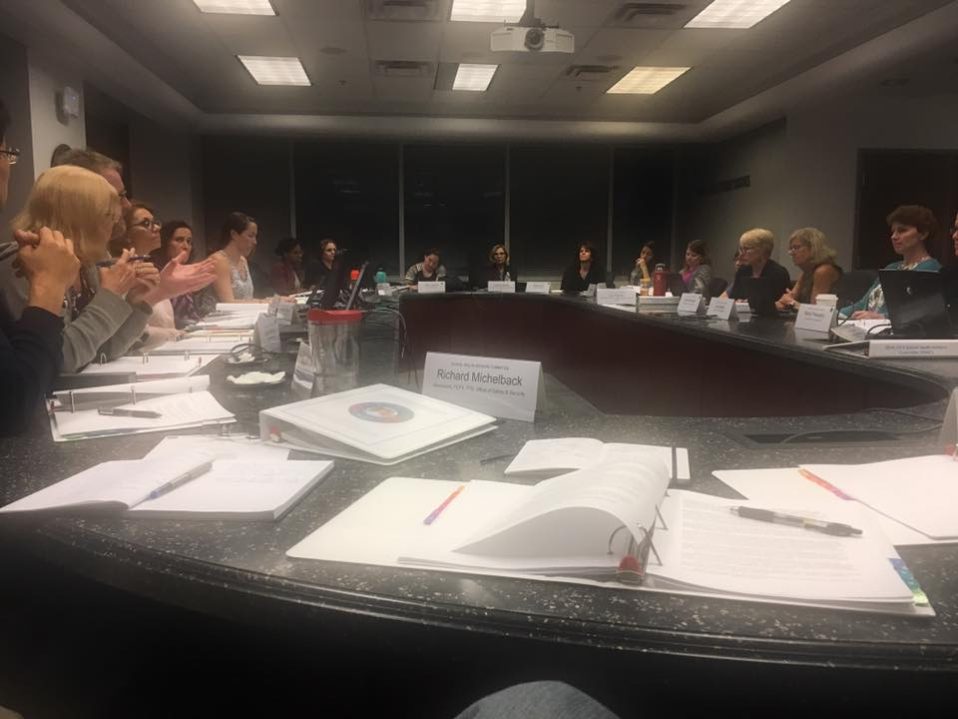
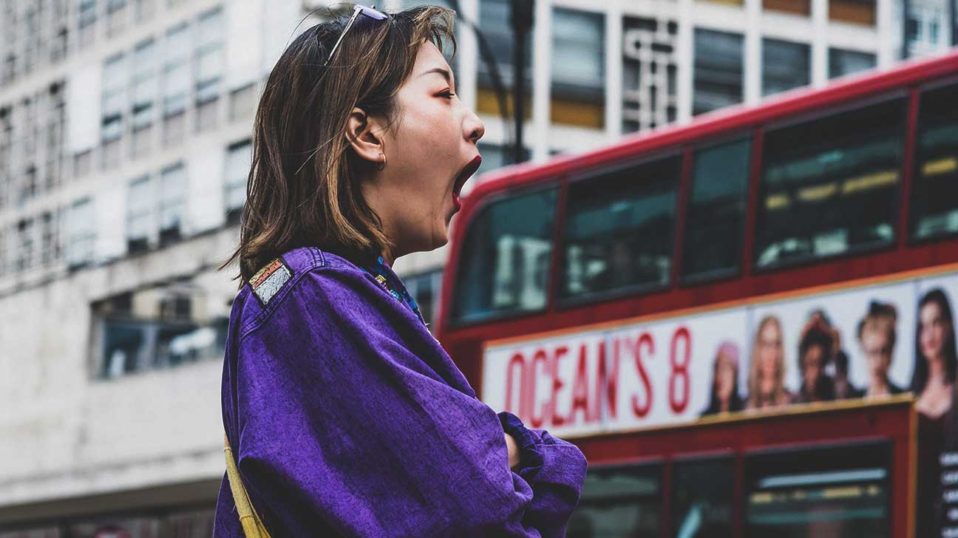
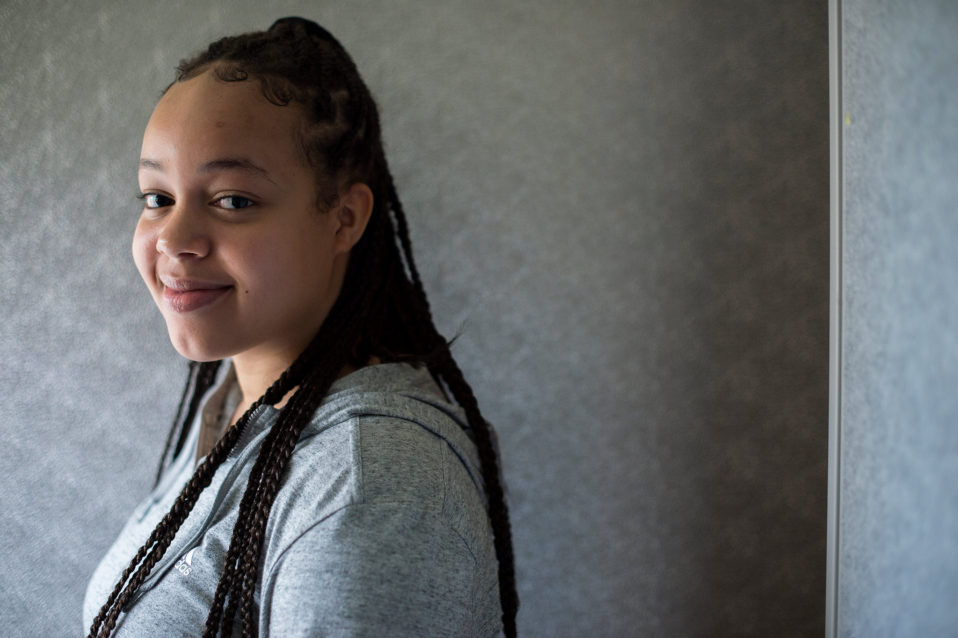
Recent Comments